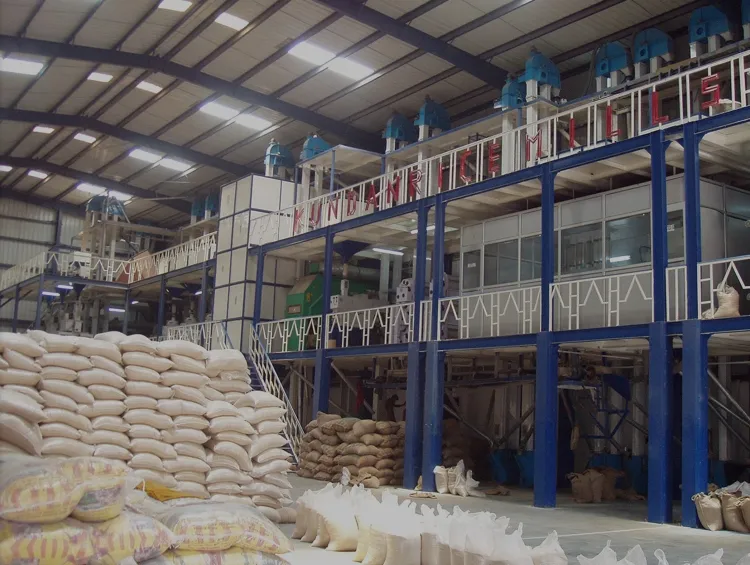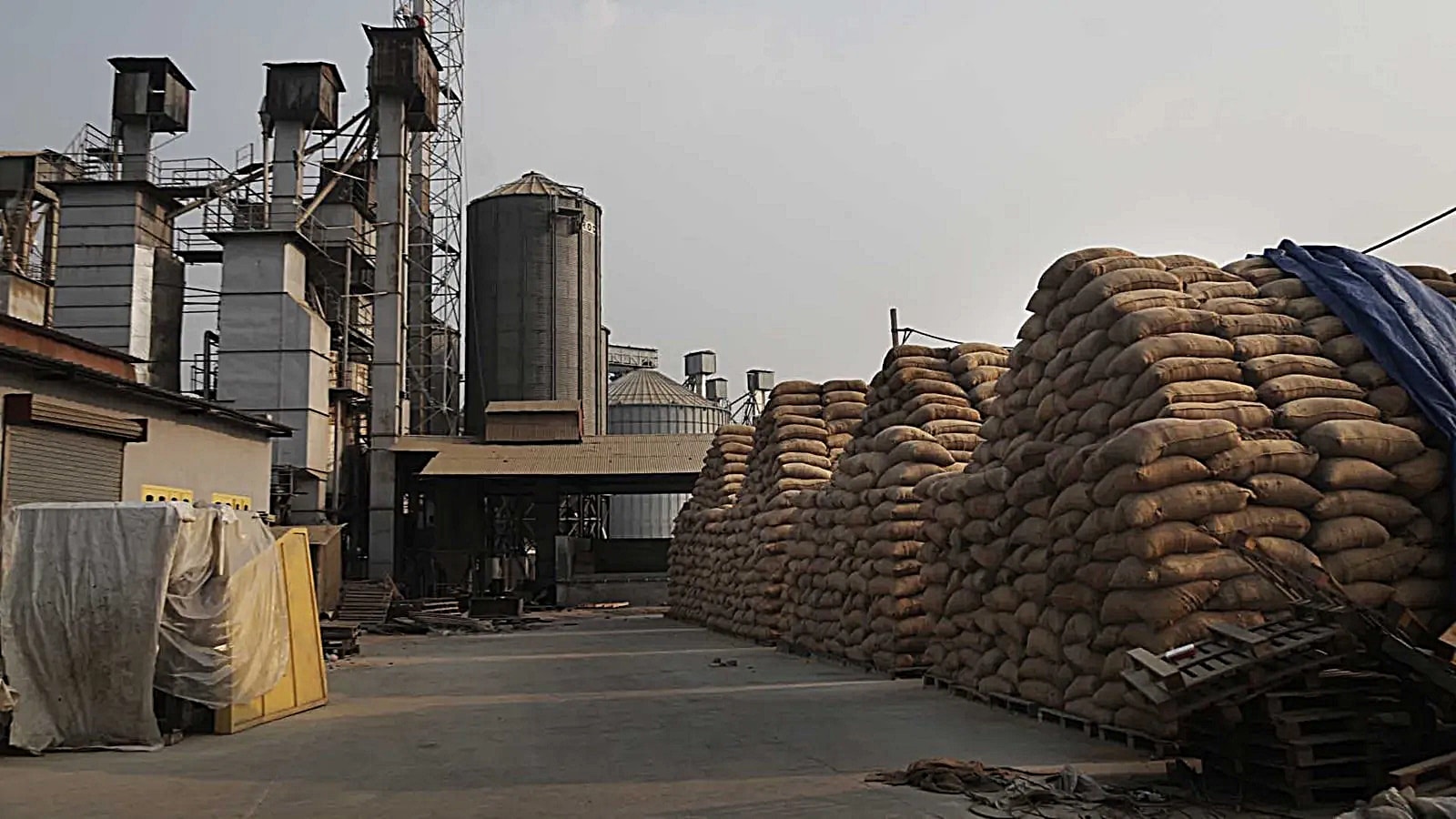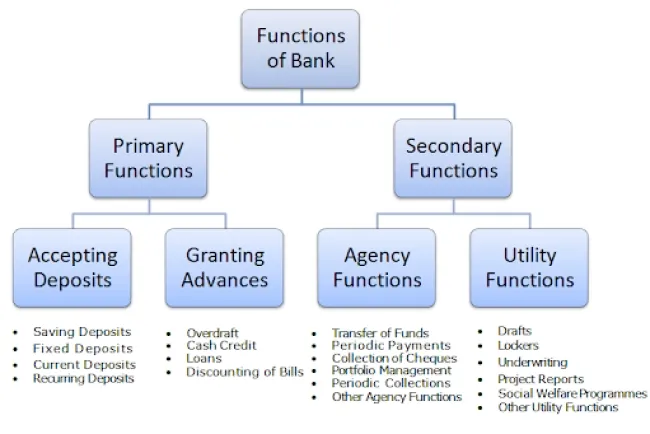From Paddy to Plate: The Intricacies of Rice Mills...!!!
Rice mills are crucial in the agricultural sector, serving as a pivotal connection between rice cultivation and its consumption. These establishments focus on converting raw paddy into edible white rice, suitable for various culinary applications. The conversion process from paddy to polished rice comprises several detailed steps, each essential to preserving the grain's quality and nutritional content.

Components and Operation
A standard rice mill is composed of several primary components, each designed to manage specific phases of the milling process:
-
Paddy Cleaner: This apparatus removes impurities such as stones, straw, and weed seeds from the raw paddy, ensuring that only clean grains proceed to the next stage.
-
Dehusker (Huller): The cleaned paddy is directed into the dehusker, which strips away the husk or outer shell. The product from this phase is brown rice, still covered with a layer of bran.
-
Paddy Separator: This device separates the brown rice from the unhusked paddy, which is then recycled back to the dehusker for further processing.
-
Whitener: The brown rice is milled in the whitener to remove the bran layer, resulting in white rice. This process might involve several machines to achieve the desired polish.
-
Grader: Finally, the rice grader sorts the grains by size and quality, ensuring uniformity and eliminating broken or damaged grains.
Milling Procedure
-
Cleaning: The initial phase involves cleaning the paddy to remove debris. This step ensures that the resulting rice is free from contaminants, which is crucial for both quality and safety.
-
Husking: The cleaned paddy is then husked to remove the outermost layer, yielding brown rice, which can either be consumed as is or further milled to produce white rice.
-
Milling: The brown rice is polished to remove the bran layer, producing white rice. This phase is critical as it influences the rice's texture, appearance, and cooking properties.
-
Grading: Post-milling, the rice is graded to separate whole grains from broken ones. This step ensures a consistent product that meets market standards.

Technological Innovations
Contemporary rice mills have adopted technological advancements to enhance efficiency and product quality. Automation and computerization have greatly improved the precision and speed of the milling process. Sophisticated machinery equipped with sensors can adjust settings in real-time to optimize output. Additionally, innovations such as color sorters help in eliminating discolored or defective grains, ensuring top-quality rice.
Environmental and Economic Significance
Rice mills have a substantial impact on the economy, particularly in regions where rice is a staple food. They create job opportunities and foster rural development. Furthermore, by-products of rice milling, like rice husk and bran, have various applications. Rice husk can be used as biomass fuel, while bran is a valuable livestock feed or can be processed to extract rice bran oil.
However, rice milling also poses environmental challenges. Improper disposal of by-products like rice husk can lead to pollution. Additionally, the milling process consumes significant amounts of energy and water. Hence, sustainable practices and technologies are being developed to mitigate these impacts. Innovations such as the gasification of rice husk for energy production and water recycling systems are steps towards greener milling operations.
Challenges and Future Outlook
Despite technological advancements, rice mills encounter several challenges. Ensuring consistent quality, minimizing grain breakage, and reducing energy consumption are persistent concerns. Additionally, mills must comply with stringent food safety standards to prevent contamination.

Looking forward, the future of rice milling lies in further automation, improved energy efficiency, and sustainability. The implementation of artificial intelligence and machine learning can transform quality control and operational efficiency. Moreover, integrating renewable energy sources can reduce the environmental footprint of milling operations.
In summary, rice mills are essential to the agricultural supply chain, converting raw paddy into polished grains that constitute the staple diet of millions worldwide. With ongoing advancements and a focus on sustainability, rice milling is set to become more efficient, environmentally friendly, and capable of meeting the increasing global demand for rice.
What's Your Reaction?

















